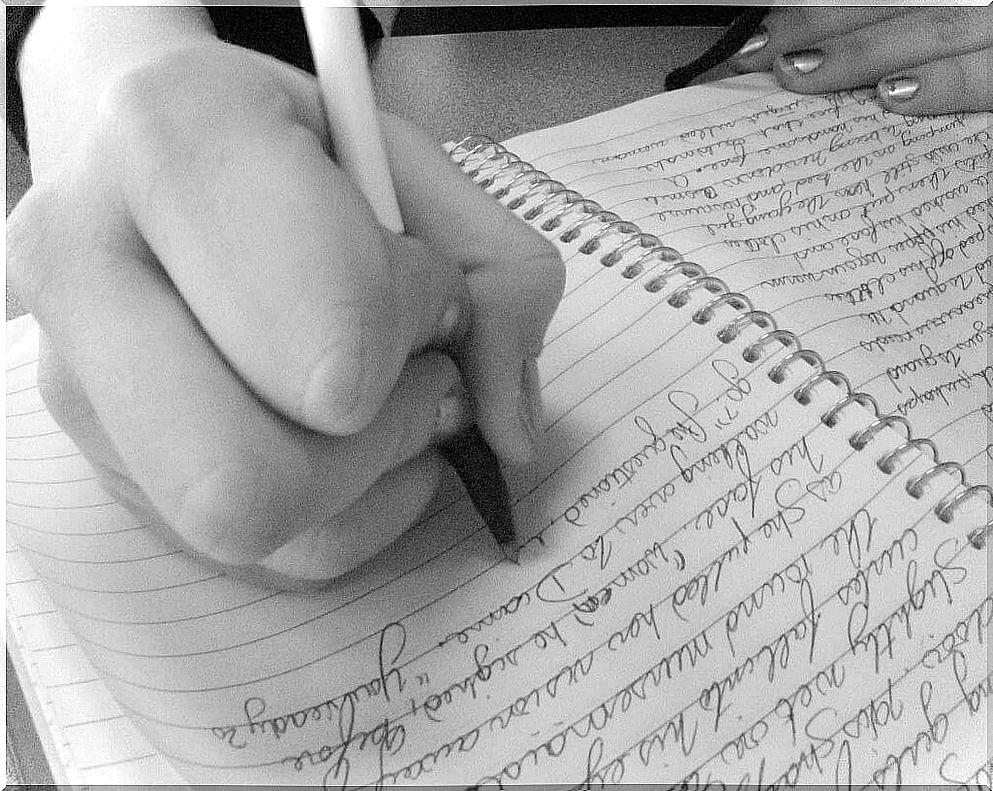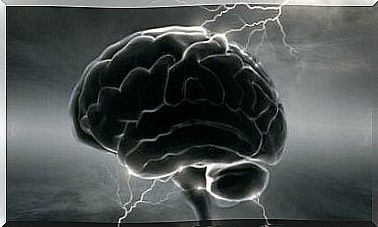Graphology, What Writing Says About You

Graphology is the technique that studies the psychological characteristics of people through the form and strokes of writing. Excerpts from spontaneous writing and / or the signature of individuals are analyzed. This can give the experts information about your personality traits or your emotional state at the time you wrote. It is also used to authenticate the authorship of a writing.
We all write differently. Our handwriting is recognizable among the others. There are features that are genuine.
Even when we want to knowingly modify it, we find it very difficult to hide the lines that come out naturally. This makes graphology a very useful tool in some trials to determine the responsibility of different crimes. In addition, the writing gives off traits of our personality that can be valued by experts.

Characteristics to observe
Within the analysis of the strokes of writing there are specific characteristics that graphologists emphasize. There are 8 features that they pay special attention to and that give different information:
- Size: self-concept and self-esteem.
- Inclination of the letters: affectivity, initiative, capacity for reflection and the tendency to use intuition or logic.
- Form : cultural level, intellectual level, the aesthetic sense of a person.
- Pressure: vitality and health .
- Speed : mental agility, IQ.
- Direction of the lines: emotional state.
- Link or unlink letters : communication, affectivity, way of relating to others.
- Points about i’s : attention and precision.
Thanks to the meticulous analysis of all these characteristics of writing, graphologists are able to draw up a profile. In addition, other aspects such as the use of capital letters, margins and the signature are taken into account.
Personality traits through writing

The analysis of personality traits is based on projective techniques that assume that writing reveals unconscious aspects of behavior. Taking into account the model of the 5 great personality traits, different types of writing can point towards one or another trait.
- Openness to new experiences (Factor O): this trait indicates creativity and flexibility. Disproportionate and disorganized writing, deep, fast and upward pressure can all point to this trait.
- Responsibility (Factor C): indicates a high degree of commitment, someone disciplined, punctual and thoughtful. The writing that can indicate this trait is clear, proportionate, organized and with a medium-small font.
- Extraversion / introversion (Factor E): People with a high degree of extraversion are sociable, talkative and assertive. The letter that characterizes it is clear, large, ascending and linked. In contrast, introverts’ writing tends to be concentrated, small, with simple, slow, and light pressure.
- Kindness (Factor A): a respectful, tolerant and calm person. The handwriting that leads to thinking about this feature is clear, legible, organized, large, medium pressure and slightly rising.
- Emotional stability (Factor N): reports on the management of problems calmly and decisively. The letter that can indicate emotional stability is organized, careful, tight, angular, slow, high pressure, rectilinear and with cohesion lapses.
Although it must be clear that despite the existence of guidelines for conducting the analysis, only an expert can draw conclusions.
Signatures and rubrics in graphology

The signature is personal and inimitable. It contains traits that are very difficult to plagiarize exactly. The signature is our “hallmark”, and according to experts it can also provide a lot of information about our personality.
One of the important characteristics when analyzing a signature is whether the name is legible or not. If it can be read with total clarity, this may mean that the person is someone who has clear objectives, responsible, with high self-esteem and balanced. Difficulty reading your signature may indicate that you are anxious, impatient, and shirking responsibilities.
The signatures in which nothing can be read indicate that they are people with difficulties admitting authority and confused in their actions. The speed with which the signature is carried out is also significant. Done quickly, it can reflect the personality of someone who doesn’t like to wait, impatient, who likes to get things done early. Slow writing would be more characteristic of someone thoughtful.
Different applications of graphology

This discipline can be given different uses in different professional fields. Within the field of psychology it is a tool that, together with others, can help develop a psychological profile of the patient. In medicine, it can be used to detect neurological pathologies such as Alzheimer’s early.
It can also be useful in education. Learning disorders such as dysgraphia can be observed through the analysis of writing. In the judicial sphere, it can be very useful to analyze suicide notes, determine the responsibility of a crime or observe if there are features such as violence in the suspects.
Graphology is being used more and more frequently. The judges demand more expert opinions to observe personality characteristics or aggressive and violent tendencies.
Graphological evaluation
Tamara Rojas (2004), from the University of Chile, proposes a series of stages when carrying out a graphological evaluation for the psychological interpretation of the individual.
- Graphometric stage. This first step consists of using the “Inventory of Graphic Signs” to organize the evaluation. The use of specific instruments such as the millimeter ruler, grade protractor, magnifying glass, etc. comes into play.
- Conversion of indexes to typewriting. When the measurements have been carried out, it is converted to type writing.
- Hierarchy of dominant and secondary signs. Depending on the presence, frequency and impact of the signs they will be categorized as dominant or secondary. The dominants are those indicators of a graphic that appear from beginning to end. The secondary ones are those that appear in a specific way.
- Determination of the graphic environment. The interpretation of the value of the signs will be carried out taking into account the context.
- Determination of competencies, aptitudes and traits of interest through the determination of graphic matrices.
- Elaboration of the report. An overview of personality traits appears in the report. Although it can also revolve around specific competencies or divide it into areas such as intellectual, emotional and social.









